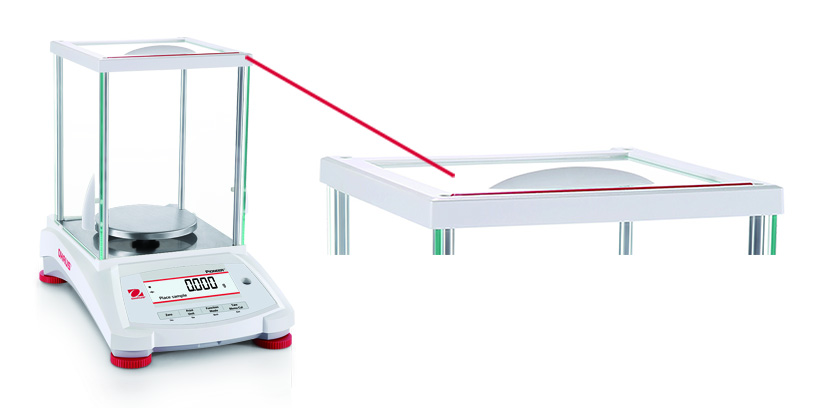
There are many types of balances that are being used for this purpose, they differ in capacities and readabilities but all of them are sensitive to harsh environment conditions. There are many factors that influence the weighing results. If the balance's location does not comply with the guidelines of weighing the right way, there is a high probability that results are not going to be repeatable or accurate each time a weighing is performed. Air drafts, temperature changes, direct exposure to sunlight or even lack of proper maintenance of the balance might cause the results to be simply wrong. The better/higher the readability of the balance is, the higher the chances of incorrect results negatively affecting the whole weighing or research process etc.
One of the factors having a direct, negative effect on weighing results are static charges. They cannot be seen but are influencing adversely the weighing results if present. Mistakes in readouts are more likely and more significant if the balance's readability reaches up to 4th or 5th decimal place, however not only analytical and semi-micro balances are prone to it. Elimination of static charges might require increasing relative humidity in the room, changing the way of storing samples or weighing boats, or using external devices. OHAUS Explorer Semi-Micro balances have a built-in Ionizer as standard in selected models, there is also a standalone Ionizer available as an accessory.
The Pioneer PX balances have been equipped with a feature helping to eliminate static charges too. On the top of the draftshield there is a red bar located – it is a static charges removal device that is made of dissipative material. No additional power or connection is needed to make it work. Elimination of static charges requires just touching the bar with the object that requires grounding.
Learn more about
Pioneer® Semi-Micro,
Pioneer® Analytical and
Pioneer® Precision.